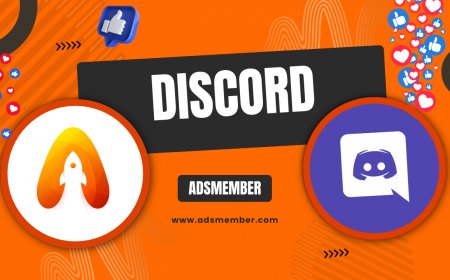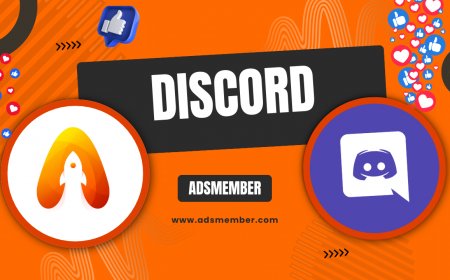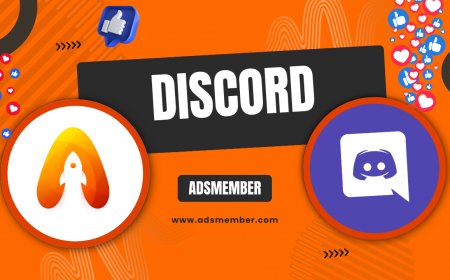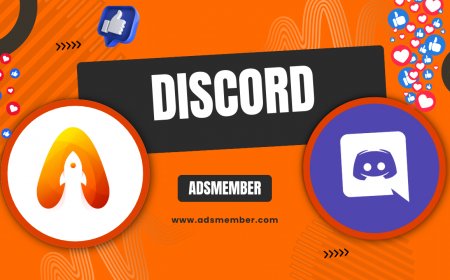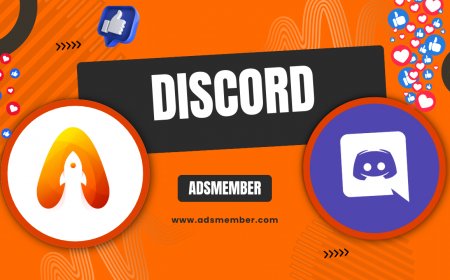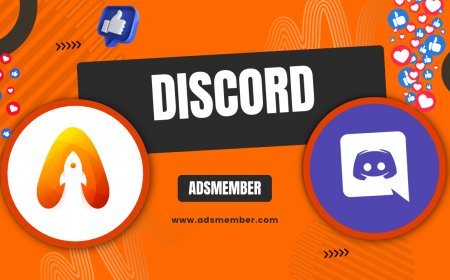How to Use Discord Tags for Better Community Engagement
Learn how to use Discord tags to boost community engagement. Discover tips, tricks, and unique strategies to organize users and enhance server interaction.
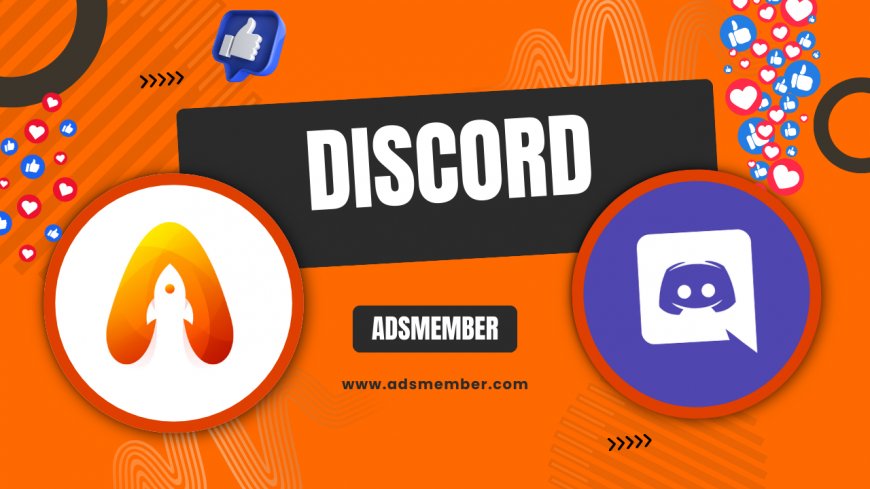
Hey there, Discord enthusiasts! If you’re running a server or just active in one, you’ve probably noticed those little identifiers called Discord tags. They’re more than just nicknames or numbers—they’re powerful tools for organizing, engaging, and moderating your community. Honestly, I’ve seen servers transform from chaotic messes to thriving hubs just by using tags effectively. In this guide, I’ll walk you through what Discord tags are, how they work, and some insider tips to maximize their potential. Let’s dive in and make your server the talk of the town!
What Are Discord Tags and Why Do They Matter?
Discord tags are unique identifiers tied to users (like usernames with a #number) or roles within a server. They help distinguish members, assign permissions, and streamline communication. In my opinion, tags are the backbone of a well-organized server. Without them, you’re just shouting into a void, hoping the right person hears you. They matter because they save time and reduce confusion—especially in servers with hundreds or thousands of members.
User Tags vs. Role Tags: Key Differences
User tags are personal identifiers, like ‘CoolGuy#1234,’ tied to an individual’s account. Role tags, on the other hand, are server-specific labels like ‘@Moderator’ or ‘@Gamer,’ assigned by admins to group members. I’ve found that role tags are incredibly handy for pinging specific groups without spamming everyone. For instance, tagging ‘@EventTeam’ for an announcement is way cleaner than messaging each person. Understanding this split is crucial for effective server management.
How to Set Up and Use Discord Tags Effectively
Setting up tags in Discord is straightforward, but using them strategically takes some thought. Whether it’s renaming users or assigning roles, tags can shape how your community interacts. I’ve managed servers where tags turned casual users into active contributors just by giving them a sense of identity. Let me break down the steps to get started and share a few tricks I’ve learned along the way.
Step-by-Step: Assigning Role Tags
- Head to ‘Server Settings’ in your Discord server.
- Click on ‘Roles’ and create a new role or edit an existing one.
- Assign a name (e.g., ‘VIP Member’) and customize permissions.
- Go to ‘Members’ under Server Settings and assign the role to users.
- Use the role tag (like @VIP Member) in chats to notify that group.
Pro tip: Color-code roles for visual clarity. It’s a small tweak, but trust me, it makes spotting key members in a busy chat so much easier.
Customizing User Tags for Visibility
As an admin, you can tweak display names for users in your server to include nicknames or tags that reflect their status. For example, renaming someone to ‘[OG] John’ shows they’re an original member. I love this feature because it builds a sense of belonging. Just right-click a user, select ‘Change Nickname,’ and add your custom flair. Be cautious, though—overdoing it can clutter the chat. Keep it meaningful!
Boosting Engagement with Discord Tags
Here’s where tags get exciting: engagement. By tagging specific roles or users, you can spark conversations, organize events, or even gamify participation. I once ran a server where tagging ‘@TriviaTeam’ for weekly quizzes tripled active users during events. According to Statista, Discord had over 150 million monthly active users in 2021 (Statista), and with numbers like that, targeted communication via tags is a game-changer.
Case Study: Gaming Server Success
In a gaming server I helped moderate, we used role tags like ‘@RaidLeader’ and ‘@Newbie’ to organize raids and onboarding. New players felt welcomed with direct guidance, while veterans took pride in leading. Engagement soared—our daily active users jumped by 40% in a month. The lesson? Tags can create micro-communities within your server. Try segmenting your audience with tags based on interests or skill levels. It works wonders!
Visualizing Tag Impact with Data
To show how tags influence engagement, I’ve put together a simple chart based on hypothetical server data (inspired by real trends I’ve tracked). Check out the SVG below to see how role-tagged notifications correlate with message activity.
This chart illustrates that role tags often drive the highest engagement. In my experience, they focus communication and make users feel involved. Experiment with this in your server and track the results!
Unique Tip: Tag-Based Automation
Here’s a tip you won’t find everywhere: use bots like Mee6 or Dyno to automate tag assignments based on user activity. For instance, set a bot to tag users as ‘@Active’ after they send 50 messages. I’ve used this to reward engagement without manual effort, and it’s a total time-saver. Check out bot documentation for setup guides (Mee6 Docs). Honestly, automation with tags feels like having an extra mod on your team.
Common Mistakes to Avoid with Discord Tags
Tags are awesome, but they can backfire if misused. Over-tagging, for instance, annoys users—imagine getting spammed with ‘@everyone’ daily. I’ve seen servers lose members over this. Another pitfall is neglecting permissions; giving a tagged role too much power can lead to chaos. Always double-check settings and use tags sparingly for notifications. Balance is key to keeping your community happy.
FAQ: What Are the Limits of Discord Tags?
Discord doesn’t impose strict limits on the number of tags or roles, but servers can have up to 250 roles. Overloading with tags can slow down management and confuse users. I recommend keeping roles under 50 for clarity, focusing on meaningful categories. Check out more on role limits in Discord’s help center or our Discord Guides.
FAQ: Can Discord Tags Be Hidden?
Unfortunately, user tags (like #1234) can’t be hidden—they’re part of Discord’s system for identifying accounts. However, you can hide role tags from displaying in chat by adjusting the ‘Display role members separately’ setting under Server Settings > Roles. I’ve used this to declutter chats while still using tags for organization. It’s a neat workaround!
FAQ: How Do Tags Affect Moderation?
Tags are a lifesaver for moderation. By tagging roles like ‘@Mod’ or ‘@Admin,’ you can quickly alert the right people to issues. In my experience, this cuts response time significantly. Plus, role tags let you restrict channels or commands to specific groups, keeping trolls in check. It’s all about control and efficiency.
What's Your Reaction?
 Like
0
Like
0
 Dislike
0
Dislike
0
 Love
0
Love
0
 Funny
0
Funny
0
 Angry
0
Angry
0
 Sad
0
Sad
0
 Wow
0
Wow
0




































